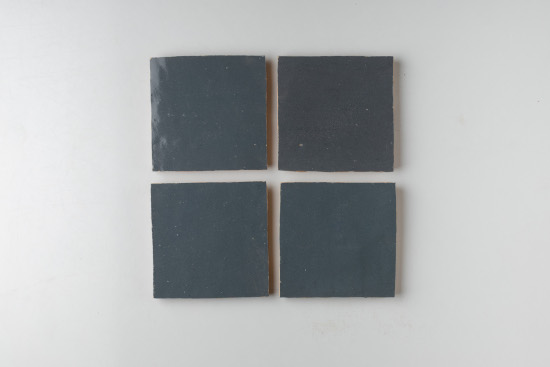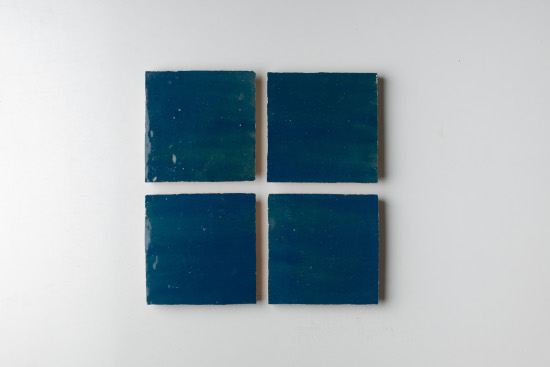Definition of Zellige
Zellige, also known as Moroccan mosaic tilework, is a traditional form of mosaic tilework originating from Morocco. It is characterized by its small, colorful, and geometrically patterned tiles that are assembled to create intricate designs. Zellige tiles are typically handmade using glazed terracotta or clay, resulting in a distinctive glossy finish.
Manufacturing Process:
The production of Zellige tiles involves a meticulous and labor-intensive process that has remained largely unchanged for centuries. Here's an overview of the typical manufacturing steps:
1. Clay Preparation:
Raw clay is sourced and processed to remove impurities, then shaped into small square or rectangular tiles by hand or using molds.
2. Firing:
The tiles are fired in kilns at high temperatures to harden them and prepare them for glazing.
3. Glazing:
Skilled artisans apply vibrant, colored glazes onto the surface of the tiles using traditional techniques such as dipping or brushing. Each tile is carefully coated by hand to ensure even coverage and vibrant colors.
4. Cutting:
After glazing, the tiles are cut into small geometric shapes, such as squares, triangles, or rhombuses, using specialized tools.
5. Assembly:
The individual tiles are then assembled by hand to create intricate geometric patterns and designs, with each piece placed precisely to form a seamless composition.
6. Grouting:
Once the tiles are set in place, grout or plaster is applied between the gaps to secure them and create a uniform surface.
7. Polishing:
The surface of the tiles is polished to achieve a glossy finish and enhance the vibrancy of the glazes.
History and Production Facts:
• Zellige has a long and storied history dating back to the 10th century when it was first introduced to Morocco by Andalusian artisans.
• The art of Zellige reached its zenith during the medieval period, flourishing under the patronage of Moroccan dynasties such as the Almohads and the Merinids.
• Zellige tiles adorned the walls, ceilings, and floors of mosques, palaces, and mausoleums, serving as a symbol of wealth, power, and prestige.
• Despite the rise of modern manufacturing techniques, Zellige production remains rooted in traditional craftsmanship, with many artisans preserving centuries-old techniques and materials.
• Today, Zellige tiles continue to be prized for their exquisite beauty, intricate craftsmanship, and cultural significance, with demand for authentic Moroccan mosaic work extending worldwide.
Main Inspirations for Design Patterns:
The design patterns found in Zellige tiles are influenced by a variety of sources, including:
1. Islamic Geometry:
Zellige designs often feature intricate geometric patterns inspired by Islamic art and architecture, such as stars, polygons, and interlocking motifs.
2. Nature and Landscape:
Many Zellige designs incorporate elements of nature, such as floral motifs, geometric interpretations of landscapes, and stylized depictions of animals.
3. Cultural Symbols:
Traditional symbols and motifs drawn from Moroccan culture and folklore are frequently used in Zellige designs, reflecting the country's rich heritage and diverse influences.
4. Color and Contrast:
Vibrant color combinations, contrasting hues, and bold compositions are characteristic of Zellige tilework, adding depth, dimension, and visual interest to the designs.
Overall, Zellige tiles exemplify the timeless beauty, craftsmanship, and cultural heritage of Morocco, serving as a testament to the enduring legacy of traditional mosaic artistry.









































